The blue wood aster, Symphyotrichum cordifolium, also called the heartleaf aster or common blue wood aster, is a blue fall-flowering perennial wildflower native to eastern North America.
It is an unusually durable plant, adapted both to moderate shade and dry urban conditions.
In the garden, it is especially valuable as a late-blooming wildflower providing a blue color at a time when few other flowers bloom in such vibrant color. It is also a prolific bloomer, producing dozens of small flowers which persist for many days.
Ecologically, it is also a powerhouse, supporting a variety of insects and birds. Because of its wind-dispersed seeds, planting this species in your garden can help restore and protect nearby wild areas as it spreads into the surroundings.


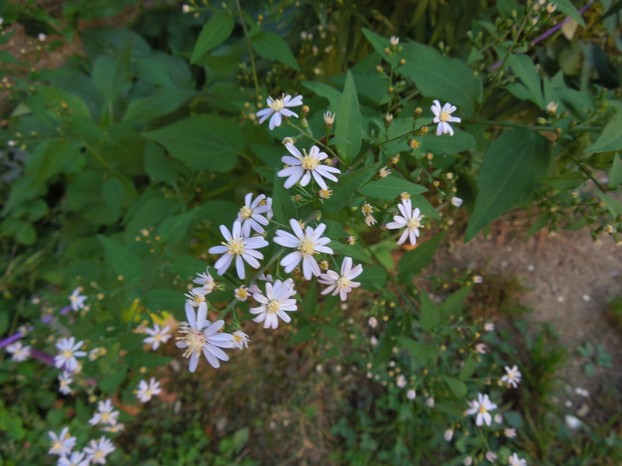

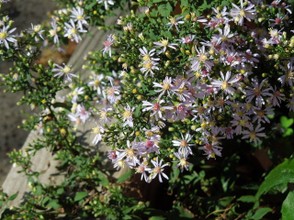
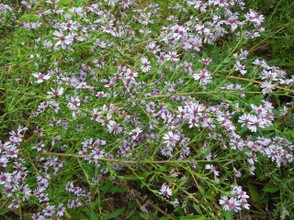
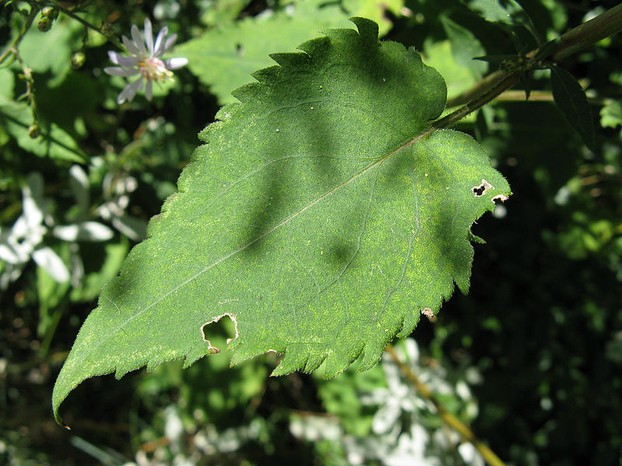




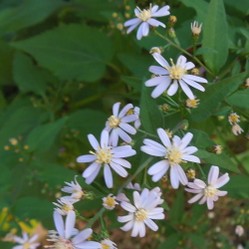

 The Shaming of Femininity and Elevation of Masculinityon 07/13/2017
The Shaming of Femininity and Elevation of Masculinityon 07/13/2017
 What is Genderqueer or Non-Binary Gender?on 10/16/2015
What is Genderqueer or Non-Binary Gender?on 10/16/2015
 Resources for Learning Spanish Free Onlineon 04/13/2016
Resources for Learning Spanish Free Onlineon 04/13/2016
 Ways Native Plants Can Help Control Invasive Plantson 05/26/2016
Ways Native Plants Can Help Control Invasive Plantson 05/26/2016

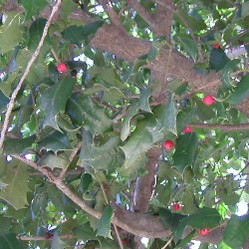
Questions? Comments? Feedback?
:-) Yes, that's quite something, when a plant blooms so nicely, for so long, with so many flowers, in the shade.
Thanks! I think the combination of the color and bloom dates are one thing that makes this particular plant so appealing to me. It's relatively easy to find late-blooming plants that bloom white, but there aren't many other plants that bloom this color any time of year, especially in late fall.
I also was astounded at how many blooms the plant produced, and how long they lasted--weeks.
A few blocks over, I saw someone who had also planted this plant on a north-facing exposure with no direct sun (the plant pictured here has a south-facing exposure shaded by a large tree), and that plant also bloomed well even without any direct sunlight. I think that may have been when I decided I really loved this plant.
I enlarged your photos and these blue asters look quite nice. I love their color, that pale lila. And if it blooms late, when other flowers are already gone, well, that's wonderful :-)